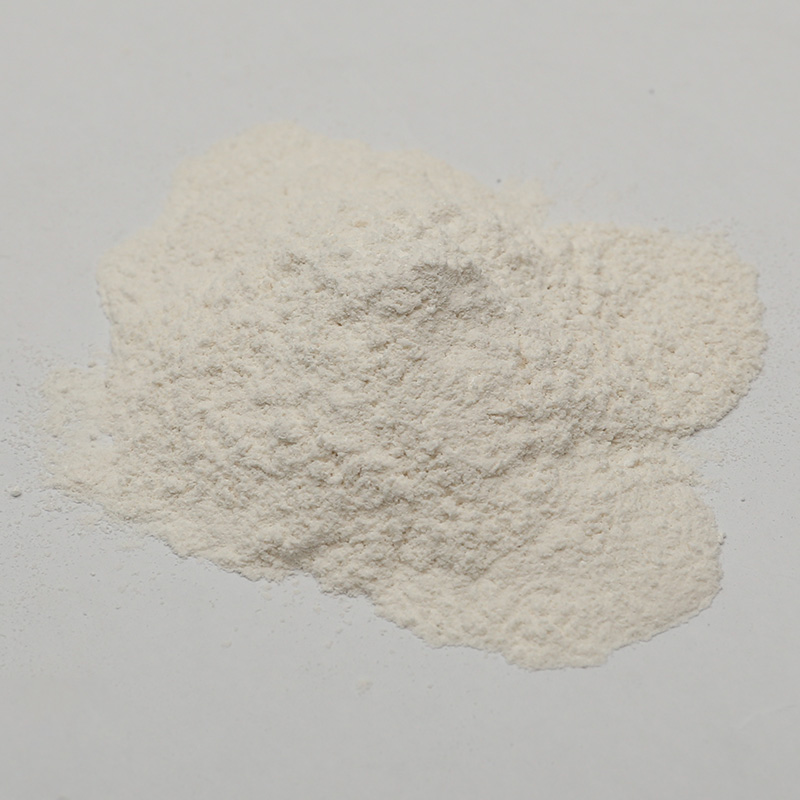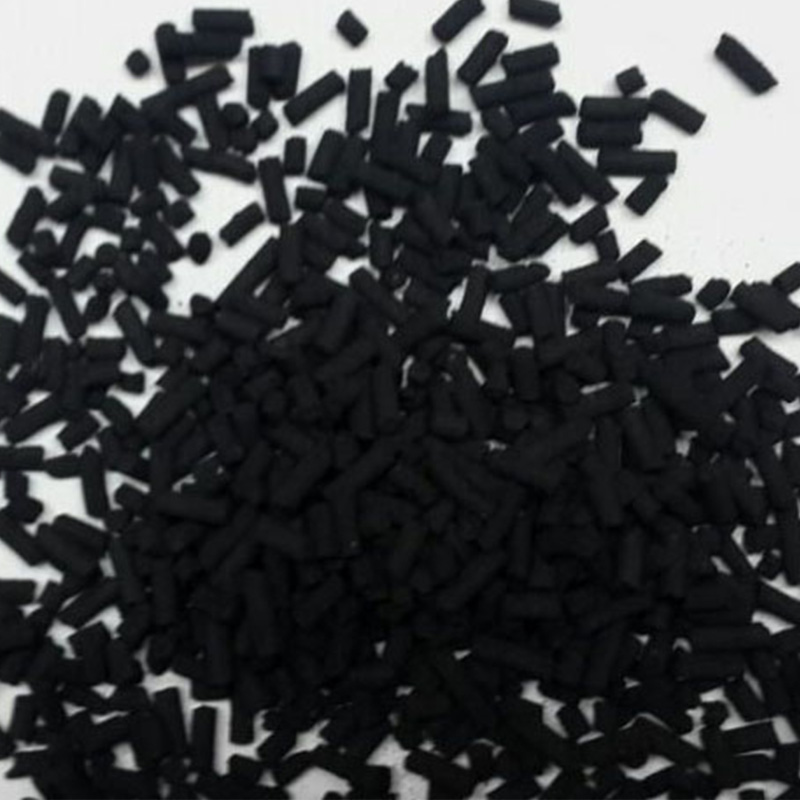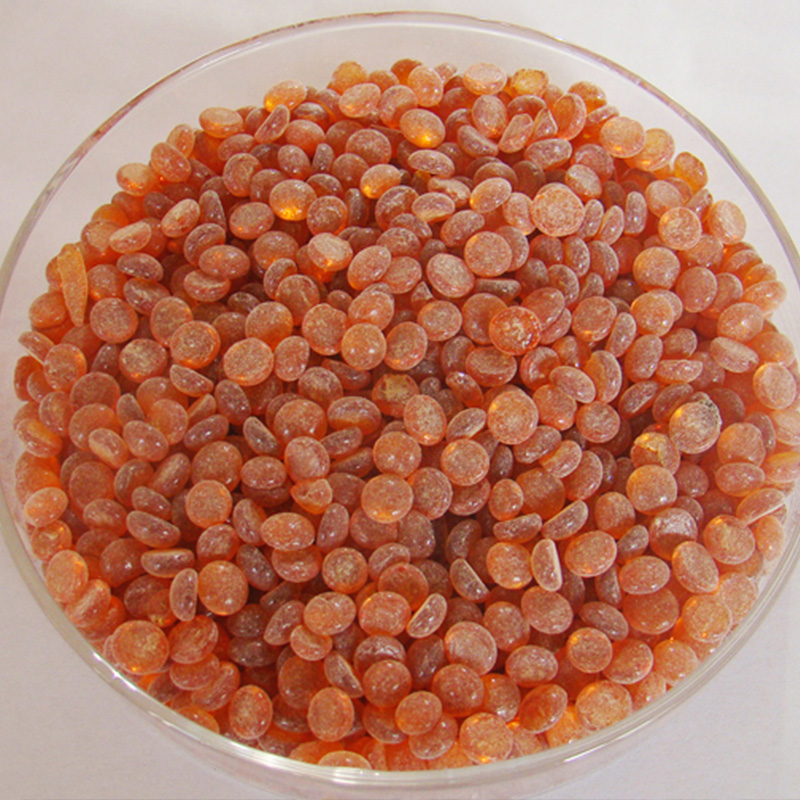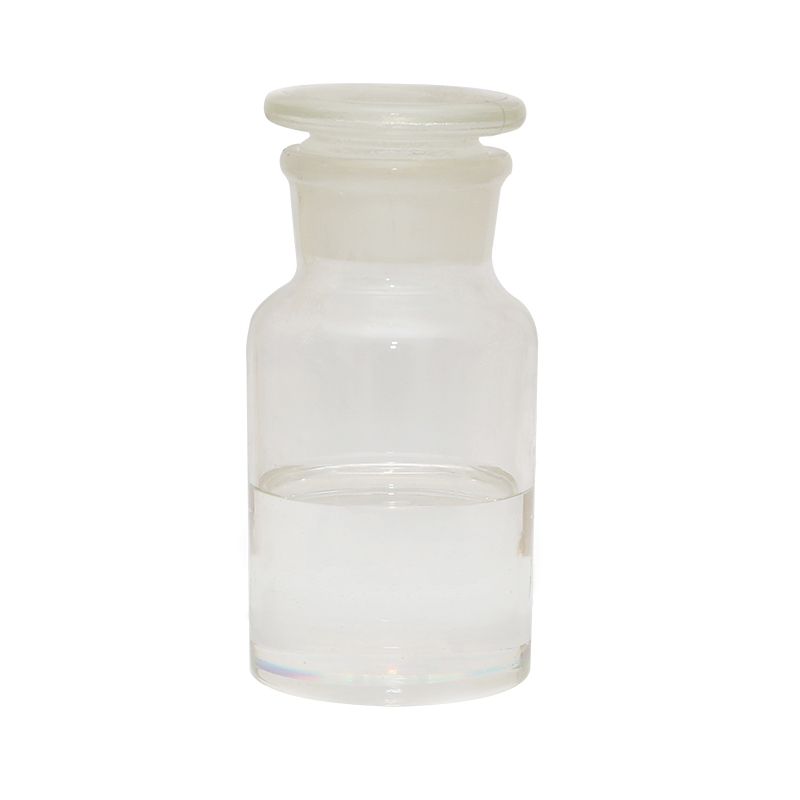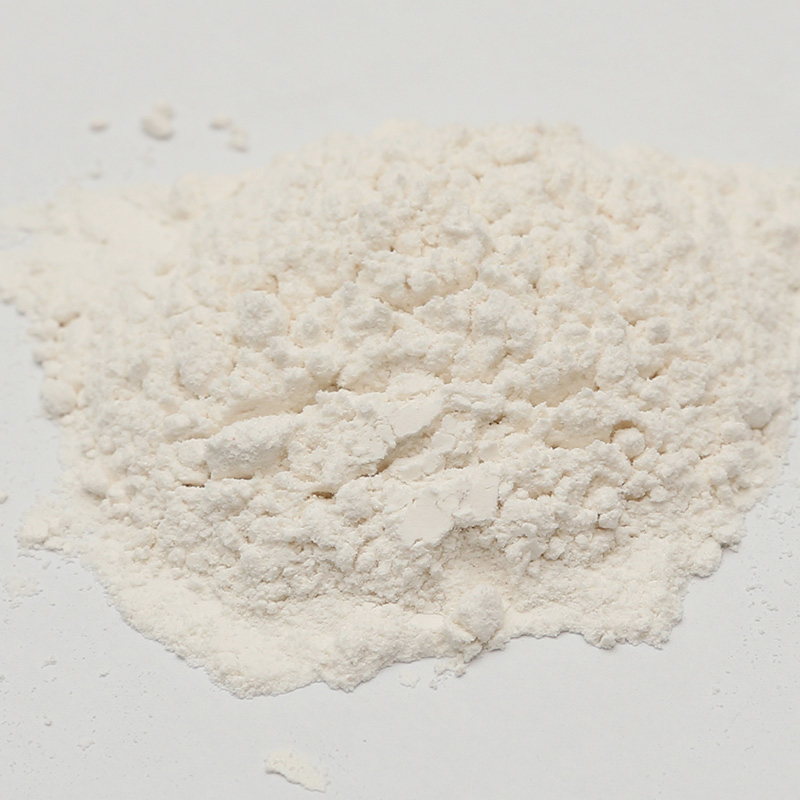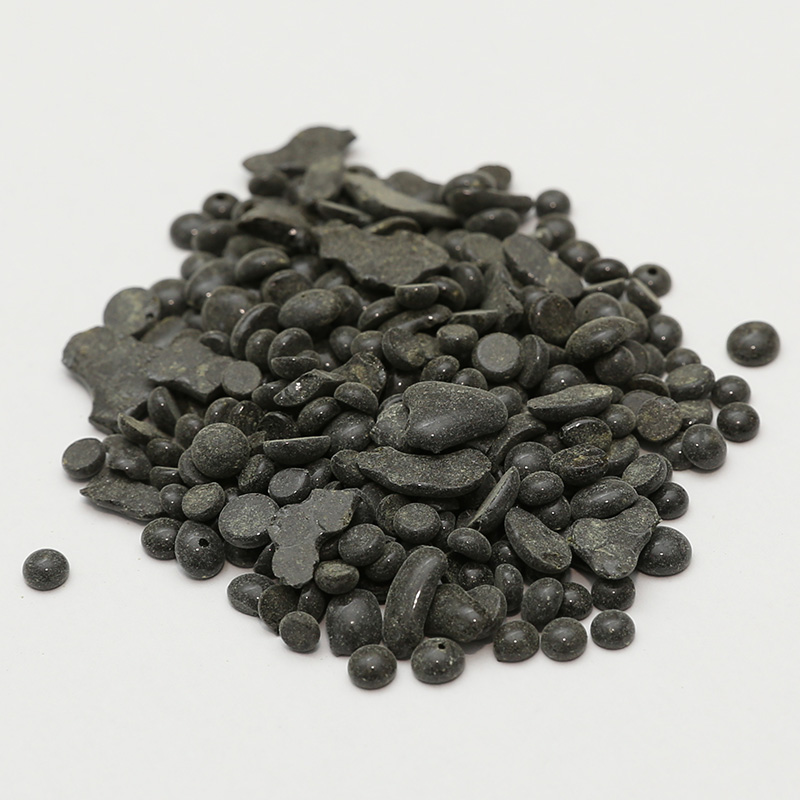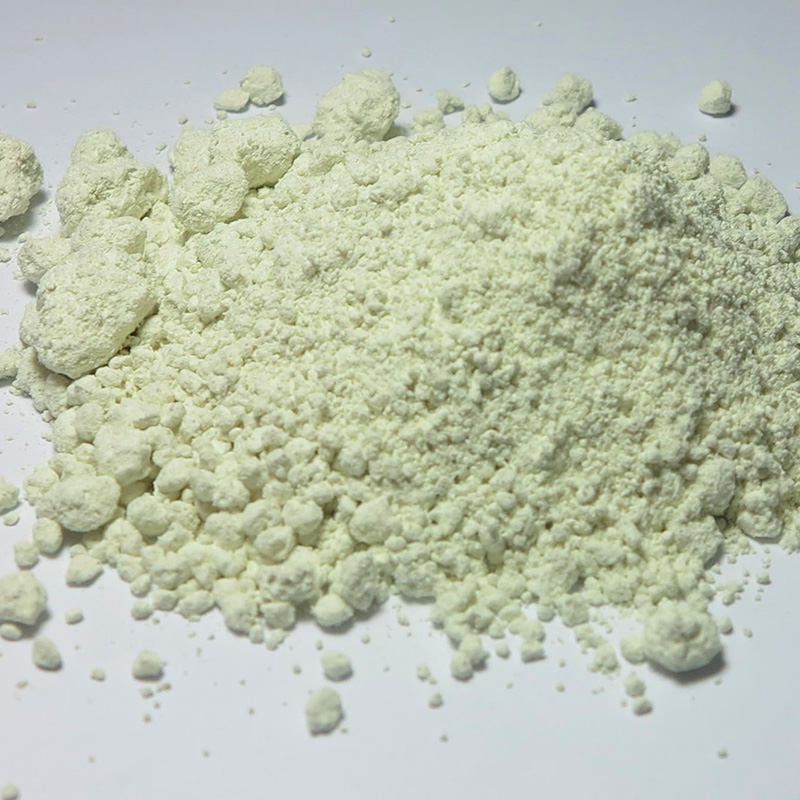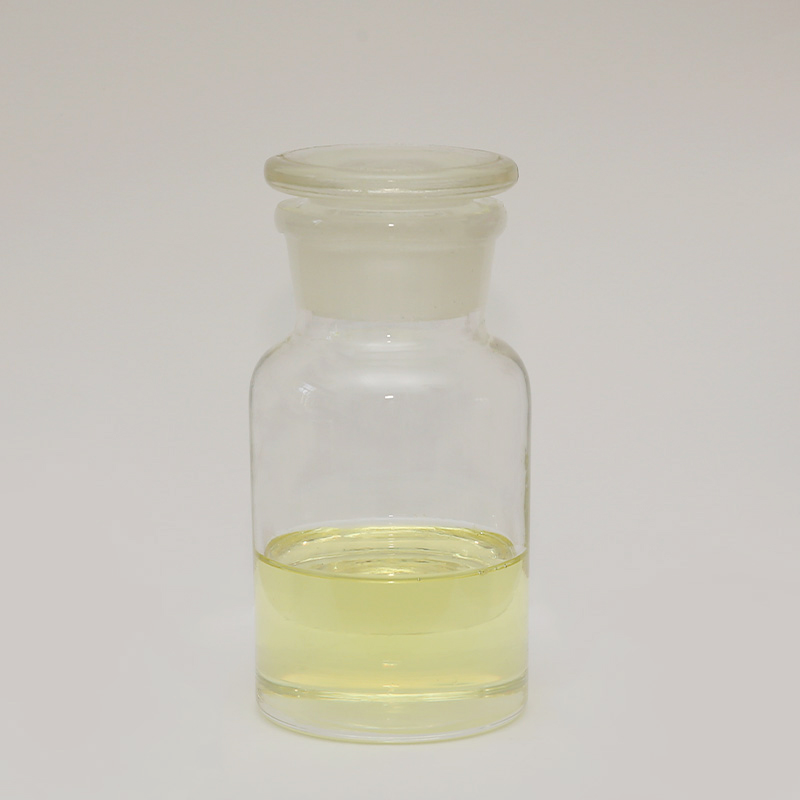In recent years, environmental awareness has influenced nearly every sector, and the adhesive industry is no exception. Among various bonding products, the Rubber Adhesive Agent has seen noticeable changes, with manufacturers developing eco-friendly formulations to meet growing sustainability demands. This shift not only reduces environmental impact but also offers practical advantages for industries that prioritize safer, greener production processes.
Traditionally, many types of Rubber Adhesive Agent contained solvents and chemicals that released volatile organic compounds (VOCs) during application and curing. These emissions contributed to air pollution and posed risks to workers' health in enclosed spaces. As industries faced increasing environmental regulations and public expectations for cleaner operations, the demand for eco-conscious adhesives led to the development of water-based and low-VOC alternatives.
One of the key benefits of eco-friendly Rubber Adhesive Agent formulations is their reduced environmental footprint. By replacing traditional solvents with water or biodegradable compounds, these adhesives lower harmful emissions and help companies meet air quality standards. This adjustment benefits not only production environments but also the communities surrounding manufacturing facilities.
The growing preference for safer workplace conditions has also contributed to the rise of green Rubber Agent options. Workers handling adhesives regularly now experience fewer irritants and less exposure to harsh fumes. This change improves overall occupational health and reduces the need for extensive ventilation systems or additional protective equipment in production areas.
Another advantage of eco-friendly Rubber Adhesive Agent formulations is their versatility in a wide range of applications. These products continue to bond materials such as rubber, leather, textiles, and plastics while offering stable performance. Many water-based or low-VOC adhesives can be applied with the same tools and processes as conventional options, making it easy for manufacturers to transition without significant changes to their operations.
The packaging industry has been one of the early adopters of eco-conscious Rubber Adhesive Agent products. Flexible packaging, footwear, automotive interiors, and upholstery businesses increasingly rely on adhesives that meet both performance and environmental criteria. The shift has been driven not only by regulations but also by consumer preferences for sustainably produced goods.
Eco-friendly Rubber Adhesive Agent formulations also support easier cleanup and waste management. Since many of these products are water-based, spills and tools can often be cleaned with water rather than strong chemical solvents. This reduces hazardous waste production and makes adhesive use more manageable, especially in small workshops or service environments.
The durability and bonding strength of green Rubber Adhesive Agent options have seen consistent improvements as well. Modern formulations provide reliable adhesion without sacrificing flexibility, resilience, or temperature resistance. Industries that require consistent performance in demanding environments are increasingly finding that eco-friendly adhesives meet their technical requirements.
Some eco-friendly Rubber Adhesive Agent formulations include bio-based materials derived from renewable resources. These adhesives help reduce reliance on petroleum-based chemicals, offering a sustainable alternative while maintaining essential bonding properties. As raw material innovation continues, more adhesives are expected to incorporate plant-based ingredients.
The automotive sector, in particular, has integrated eco-conscious Rubber Adhesive Agent solutions into its manufacturing processes. Interior components, seals, and trim applications now often rely on adhesives with reduced VOC levels. This shift supports vehicle manufacturers in achieving lower overall emissions profiles during production and contributes to more sustainable supply chains.
As awareness of climate issues grows, regulatory agencies continue to update guidelines related to industrial adhesives. Many regional and international standards now encourage or require the use of low-VOC products. This trend has encouraged adhesive manufacturers to invest in research and development for new Rubber Adhesive Agent formulations that meet both technical and environmental expectations.



 English
English Português
Português Español
Español русский
русский 中文简体
中文简体